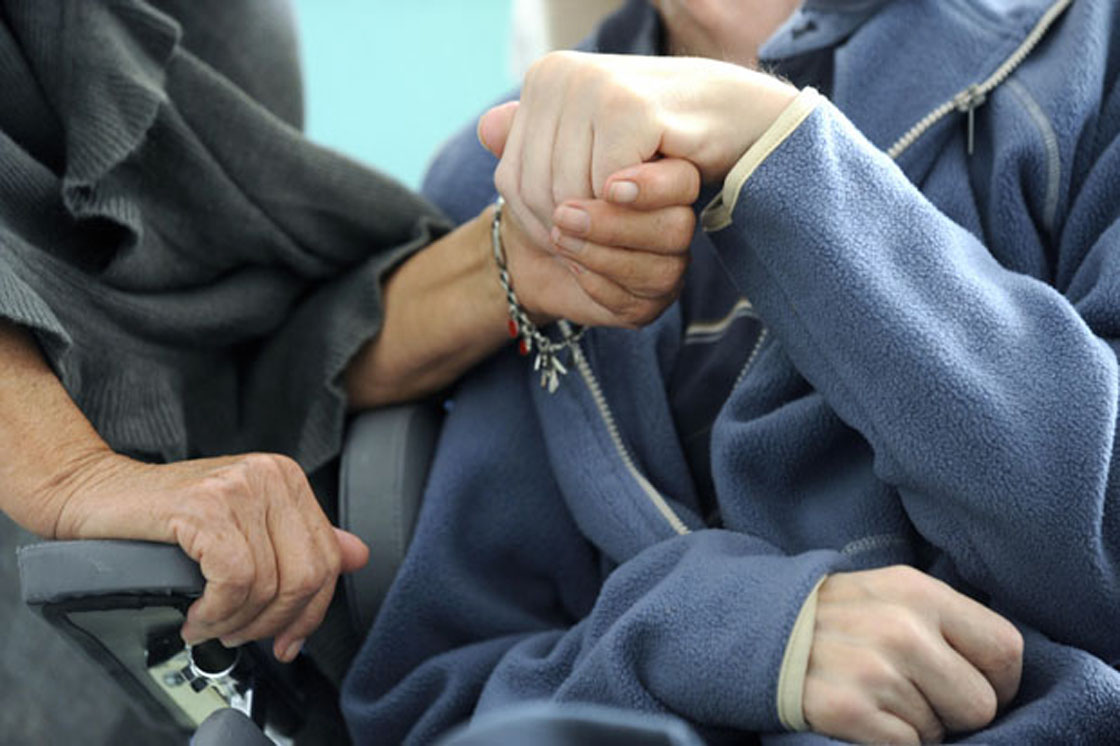Women represent 72 per cent of Canadians living with Alzheimer’s disease – a pattern that’s seen around the world.

Scientists have been trying to figure out why the devastating disease afflicts women so much more and in a new study they suggest that men are simply underdiagnosed because their symptoms are flying under the radar.
Mayo Clinic researchers say that there are striking gender differences between men and women when it comes to dementia: Men are typically diagnosed earlier in their lives, they present with less conventional symptoms, and ultimately, they grapple with the disease for a shorter time.
“This study goes much deeper than just looking at the difference between the number of women and men diagnosed. It calls attention to the process of diagnosis and other lifelong factors that may influence diagnosis and timing and duration of the disease,” Dr. Maria Carrillo, chief science officer of the Alzheimer’s Association, said.
The research was presented this week at the annual Alzheimer’s Association International Conference held in Toronto.
READ MORE: Watch for these behaviourial changes as early warning signs of dementia
Dr. Melissa Murray, a Mayo Clinic professor and study co-author, said her team’s findings point to an “enormous need” to pay attention to how dementia manifests in men so that they aren’t left without a diagnosis and treatment plan.
“Alzheimer’s was observed at the same frequency overall in both sexes, but occurred quite differently depending on the age range being examined. Atypical clinical presentations were more common in men, suggesting their lower reported prevalence of Alzheimer’s may be a result of the disease not being accurately recognized in life,” Murray said.
The scientists warned that some men die without being properly diagnosed with the condition.
Three key sex differences include:
- Men are typically diagnosed in their 60s while women encounter the disease in their 70s, 80s and 90s
- Men grapple with changes in behaviour, motor and language skills as the disease sets in, symptoms that are less obvious to doctors. Women, on the other hand, encounter the hallmark symptom: memory loss
- In men, the disease moves swiftly, attacking the brain’s cortex while in women, it takes over slowly and targets the brain’s hippocampus
READ MORE: 10 warning signs of Alzheimer’s disease
Murray uncovered these disparities after studying data on 1,606 people from the State of Florida’s brain bank. They were from 37 to 102 years old and information, such as education, family history, age of onset, disease duration and brain test results were readily available for her research.
In the study, women had lower education and died later on in life. Men were diagnosed earlier, died earlier and had different symptoms.
The Alzheimer Society of Canada chose gender differences as its awareness campaign topic this year, too.
In January, it launched its campaign dubbed “The 72 per cent.”
“We’re focusing on women for a number of reasons: the vast majority of Canadians affected are women, women are the primary decision makers about health care and medical matters when it comes to the family and we also know that women are living longer and therefore at a higher risk of getting the disease,” Mimi Lowi-Young, CEO of the Alzheimer Society of Canada, told Global News.
READ MORE: What are the early warning signs and symptoms of dementia?
The 72 per cent is a strong statistic – while the organization’s previous surveys found that most Canadians know someone living with dementia, Lowi-Young is certain most people don’t know how prevalent the disease is amongst women.
Its impact on women is two-fold. Women also account for 70 per cent of family caregivers.
Read Murray’s findings here.
carmen.chai@globalnews.ca
Follow @Carmen_Chai




Comments